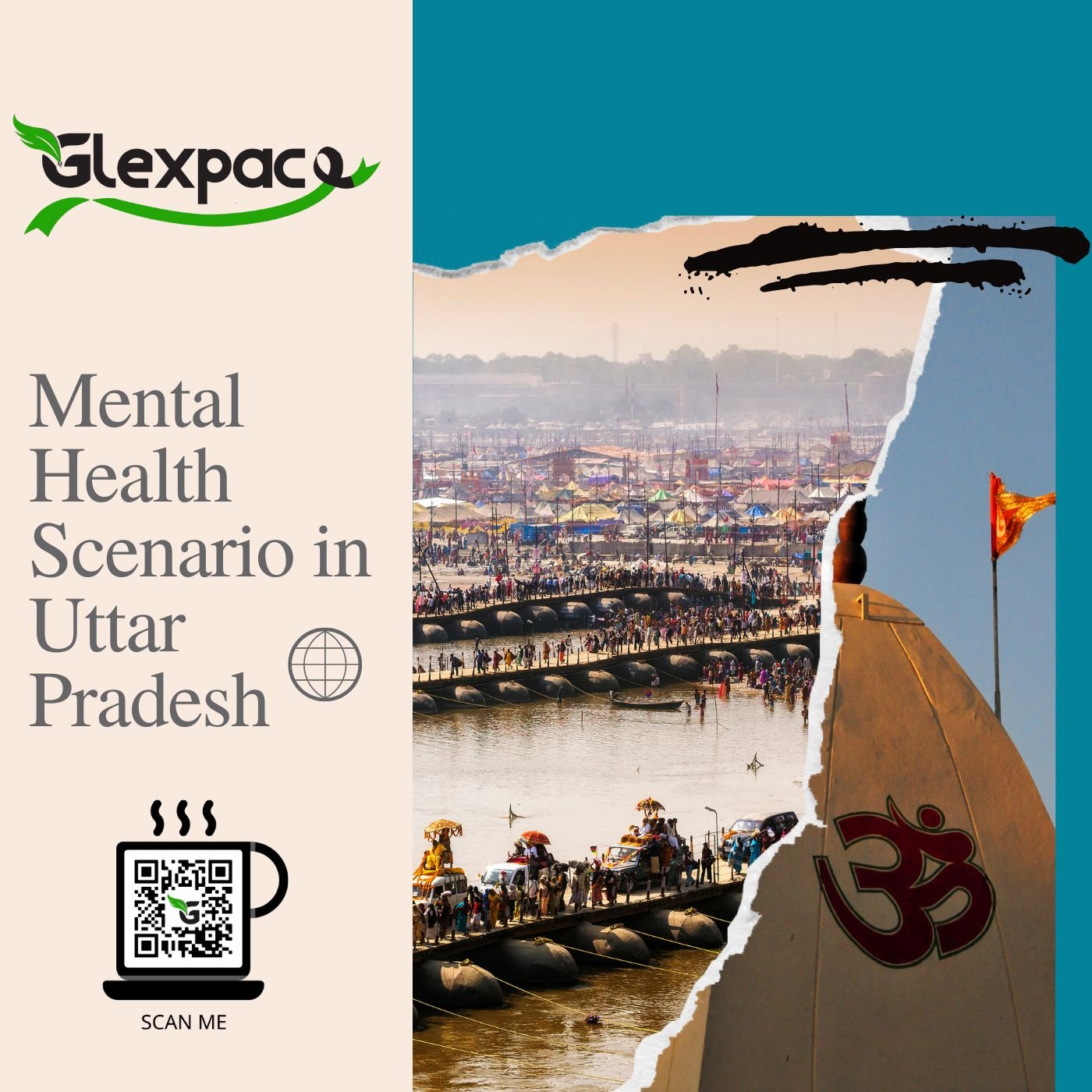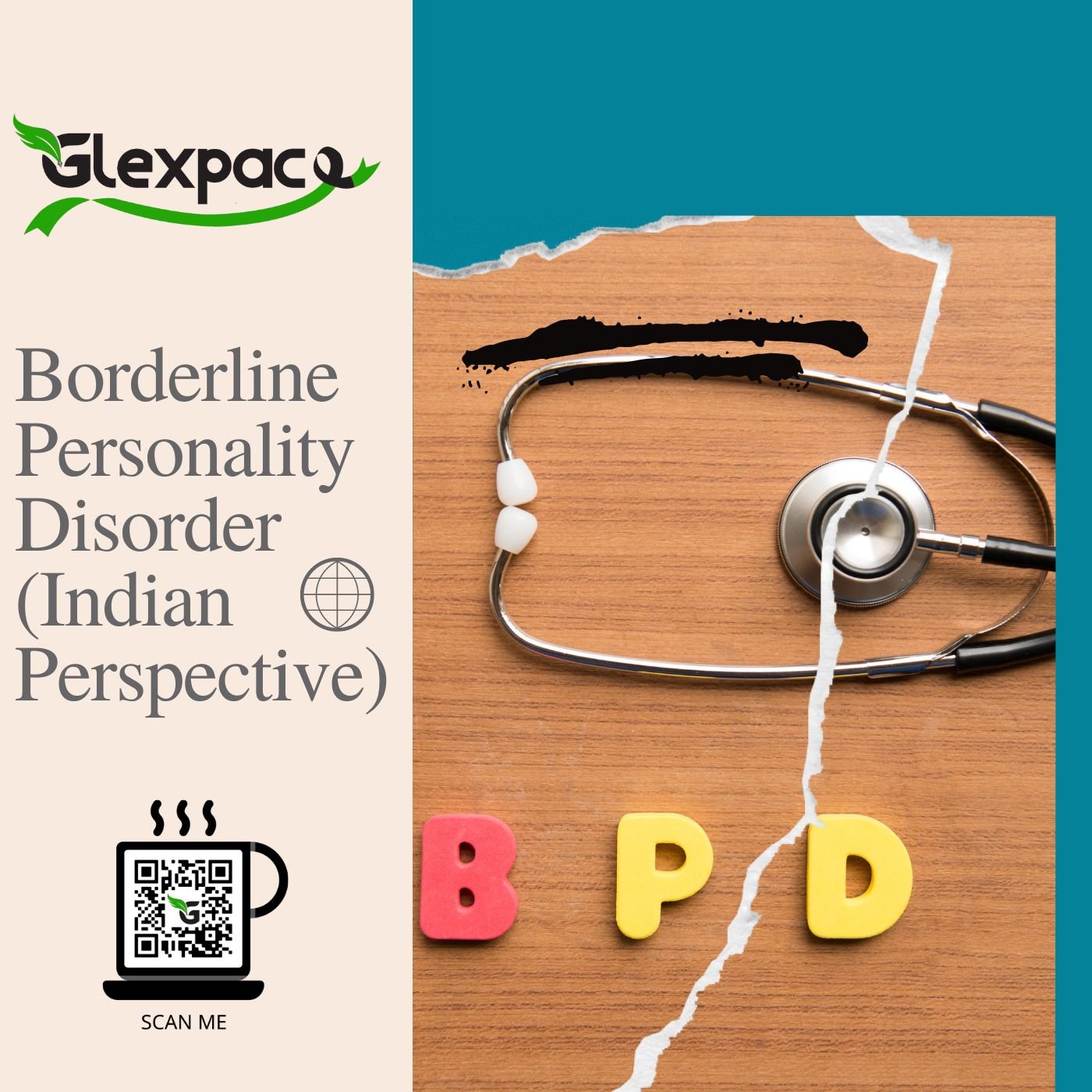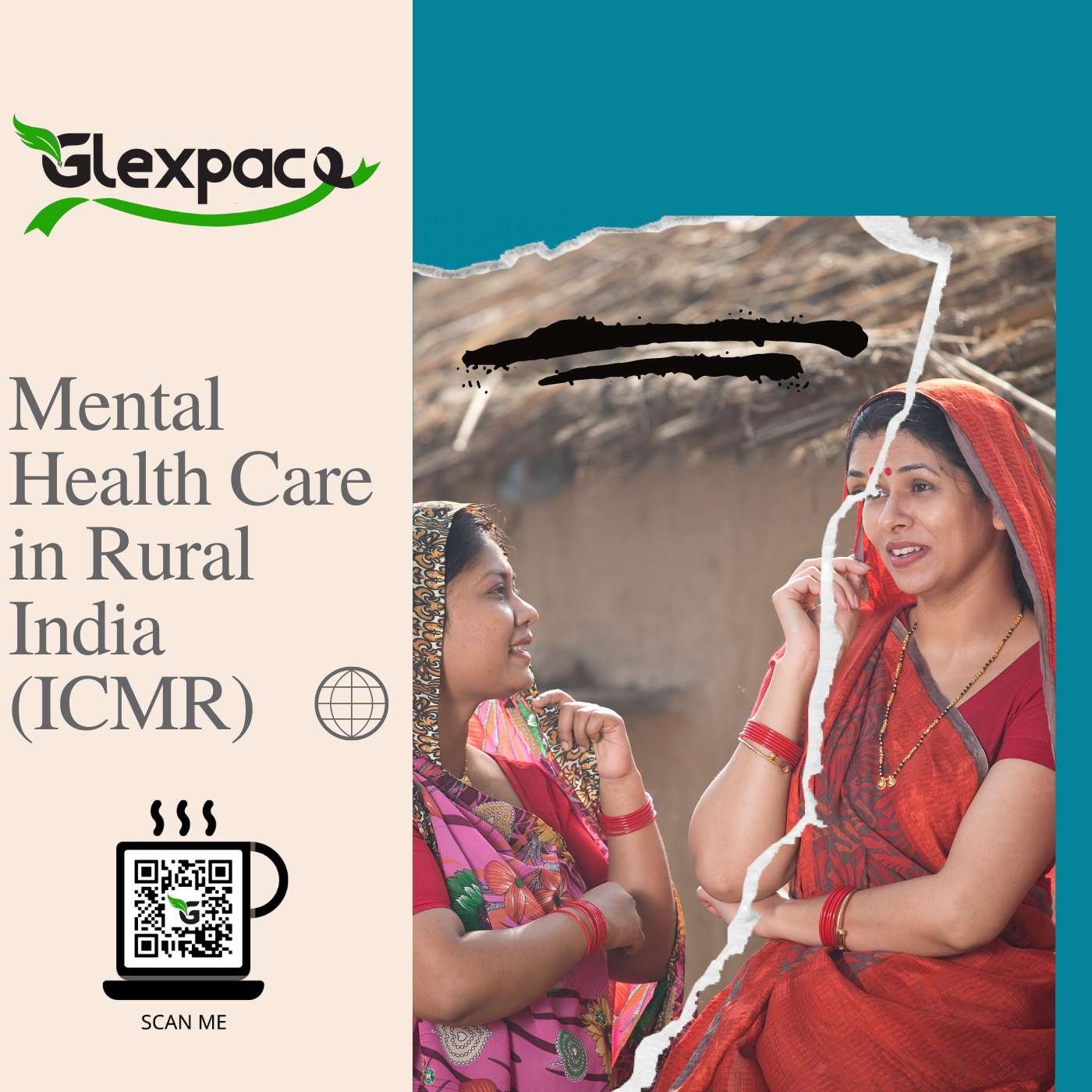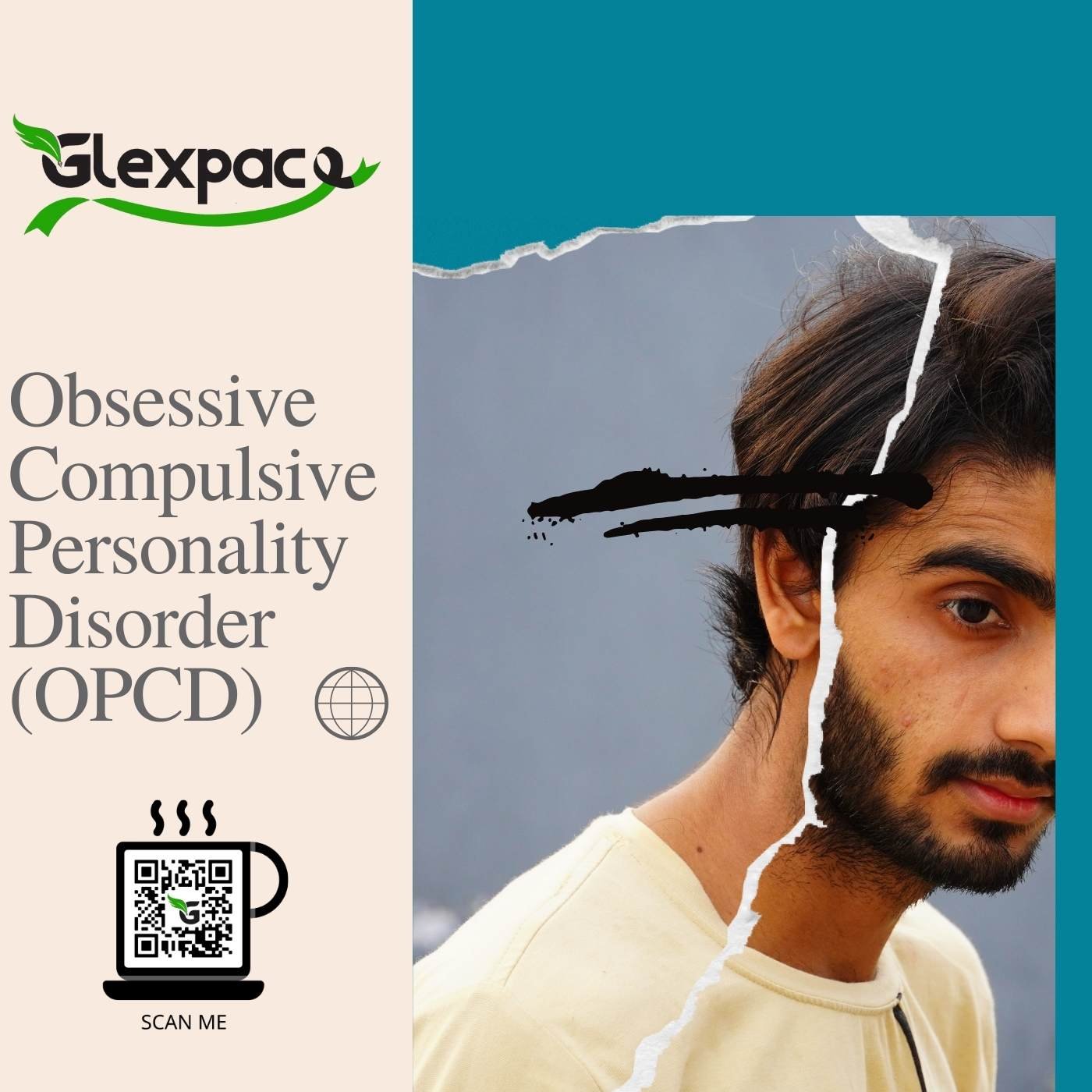Unveiling the Mental Health Landscape in Uttar Pradesh: A Deep Dive into the State Mental Health Survey
Deep Thinking | 796 Visits

Mental health, an often overlooked facet of overall well-being, has gained unprecedented attention with the release of the State Mental Health Survey in Uttar Pradesh. As India's most populous state, Uttar Pradesh faces unique challenges in addressing the mental health needs of its vast population. This comprehensive article aims to delve into the intricate details of the survey, exploring its findings, implications, and the pressing need for robust mental healthcare infrastructure.
I. The Scale of the Issue:
With over 8.7% of the population grappling with some form of mental illness, the survey's revelations are nothing short of alarming. The sheer numbers, translating to approximately 1.95 crore individuals out of 22.4 crores, underscore the magnitude of the mental health crisis in Uttar Pradesh. This prevalence surpasses the national average documented by the World Health Organization (WHO), emphasizing the urgency of addressing mental health at a state level.
II. Suicidal Risk and Mental Health:
Beyond prevalence rates, the survey identifies a staggering 20 lakh people in Uttar Pradesh with a high risk of suicide. This revelation not only emphasizes the severity of mental health issues but also calls for targeted interventions to prevent tragic outcomes. Understanding the factors contributing to suicidal risk becomes paramount in crafting effective mental health strategies.
III. Current and Lifetime Prevalence:
Delving into the nuanced aspects of mental health prevalence, the survey indicates a current prevalence of 'any mental morbidity' at 6.08%, with a higher lifetime prevalence of 7.97%. These figures shed light on the persistent nature of mental health challenges, necessitating long-term and sustained interventions.
IV. Substance Use Disorders:
A substantial portion of mental morbidity in Uttar Pradesh is attributed to substance use disorders, with an overall prevalence rate of 16.36%. The specific contribution of tobacco use disorders, standing at 16.06%, signals a need for targeted anti-tobacco initiatives within broader mental health programs.
V. Treatment Gap and Access to Mental Healthcare:
The survey underscores a concerning treatment gap, ranging from 75% to 100% for different mental disorders. This gap raises questions about the accessibility and availability of mental health services. Understanding the barriers to seeking treatment and bridging this gap are pivotal in improving mental health outcomes.
VI. Neurotic and Depressive Disorders:
Neurotic and depressive disorders emerge as prevalent mental health challenges in the state. Exploring the factors contributing to the high prevalence of these disorders can provide insights into the socio-cultural and environmental determinants impacting mental health.
Challenges and Implications:
1. Cultural Mental Morbidity:
The survey highlights the substantial prevalence of cultural mental morbidity, shedding light on the influence of socio-cultural systems on mental health perceptions. Examining these cultural nuances is crucial for tailoring mental health interventions effectively.
2. Stigma and Help-Seeking Behavior:
Deep-rooted stigma surrounding mental health and low help-seeking behavior form significant challenges. Strategies for destigmatization and awareness campaigns are essential to encourage individuals to seek timely mental health support.
3. Homeless Mentally Ill Persons:
Issues surrounding homeless mentally ill individuals in the community add complexity to the mental health landscape. Crafting policies and programs that address the unique needs of this vulnerable population is imperative.
4. Socio-Cultural Systems:
The survey suggests that a considerable burden of mental morbidity goes unnoticed due to socio-cultural systems. Developing culturally sensitive mental health strategies is essential for reaching diverse populations effectively.
Conclusion:
The State Mental Health Survey in Uttar Pradesh provides a comprehensive snapshot of the mental health landscape, revealing not only the scale of the issue but also the intricate challenges intertwined with socio-cultural factors. This wealth of data serves as a foundation for (re)planning mental healthcare infrastructure in the state. However, addressing the identified issues requires a multifaceted approach, including destigmatization, awareness campaigns, and the establishment of accessible mental health services. Uttar Pradesh's unique public health needs underscore the urgency of developing and implementing targeted mental health policies and programs to support the well-being of its vast population. The state's journey towards mental health resilience will be a complex yet crucial endeavor that demands concerted efforts and sustained commitment.
Reference - ICMR, https://indianmhs.nimhans.ac.in/, https://www.sciencedirect.com/
Thanks for reading!
If you enjoyed please leave a like, join discussion in the comments and share it
with your friends!
Glexpace | Mental Health's Recent Articles

Understanding Borderline Personality Disorder in the Indian Context: A Comprehensive Exploration






